Filter by
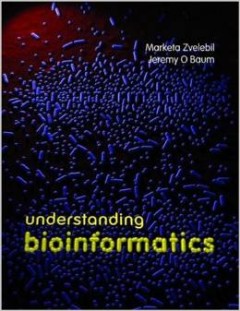
Understanding bioinformatics
Suitable for advanced undergraduates and postgraduates, Understanding Bioinformatics provides a definitive guide to this vibrant and evolving discipline. The book takes a conceptual approach. It guides the reader from first principles through to an understanding of the computational techniques and the key algorithms. Understanding Bioinformatics is an invaluable companion for students from thei…
- Edition
- -
- ISBN/ISSN
- 9780815340249
- Collation
- xxiii, 772 p. : ill. : ind. ; 28 cm.
- Series Title
- -
- Call Number
- 572.80285 Zve u
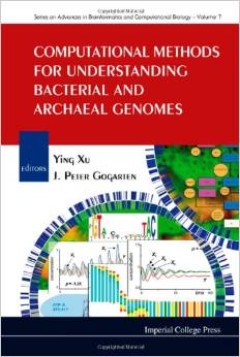
Computational methods for understanding bacterial and archaeal genomes
Over 500 prokaryotic genomes have been sequenced to date, and thousands more have been planned for the next few years. While these genomic sequence data provide unprecedented opportunities for biologists to study the world of prokaryotes, they also raise extremely challenging issues such as how to decode the rich information encoded in these genomes. This comprehensive volume includes a collect…
- Edition
- -
- ISBN/ISSN
- 9781860949821
- Collation
- xix, 473 p. : ill. : ind. ; 26 cm.
- Series Title
- -
- Call Number
- 572.860285 Com

A primer of genome science
Genome science has matured as a discipline to the point where it is now incorporated as a regular part of the genetics curriculum in universities. A Primer of Genome Science, Third Edition bridges the gap between standard genetics textbooks and highly specialized, technical, and advanced treatments of the subdisciplines. It provides an affordable and up-to-date introduction to the field that is…
- Edition
- 3rd edition
- ISBN/ISSN
- 9780878932368
- Collation
- xiii, 370 p. : ill. : ind. ; 24 cm.
- Series Title
- -
- Call Number
- 572.86 Gib p

Essential bioinformatics
Introduction to biological databases -- Pairwise sequence alignment -- Database similarity searching -- Multiple sequence alignment -- Profiles and hidden Markov models -- Protein motifs and domain prediction -- Gene prediction -- Promoter and regulatory element prediction -- Phylogenetics basics -- Phylogenetic tree construction methods and programs -- Protein structure basics -- Protein struc…
- Edition
- -
- ISBN/ISSN
- 9780521600828
- Collation
- xi, 339 p. : ill. : ind. ; 27 cm.
- Series Title
- -
- Call Number
- 572.80285 Jin e

Data mining techniques for the life sciences
Most life science researchers will agree that biology is not a truly theoretical branch of science. The hype around computational biology and bioinformatics beginning in the nineties of the 20th century was to be short lived (1, 2). When almost no value of practical importance such as the optimal dose of a drug or the three-dimensional structure of an orphan protein can be computed from fundame…
- Edition
- -
- ISBN/ISSN
- 9781603272407
- Collation
- xii, 407 p. : ill. ; 26 cm.
- Series Title
- -
- Call Number
- 572.330285 Dat
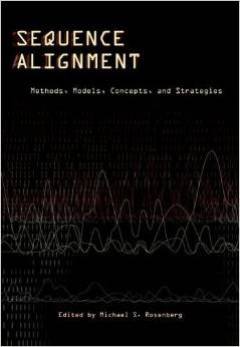
Sequence alignment : methods, models, concepts, and strategies
The sequencing of the human genome involved thousands of scientists but used relatively few tools. Today, obtaining sequences is simpler, but aligning the sequences—making sure that sequences from one source are properly compared to those from other sources—remains a complicated but underappreciated aspect of comparative molecular biology. This volume, the first to focus on this crucial ste…
- Edition
- -
- ISBN/ISSN
- 9780520256972
- Collation
- xvi, 337 p. : ill. : ind. ; 24 cm.
- Series Title
- -
- Call Number
- 572.80285 Seq
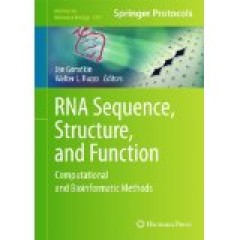
RNA sequence, structure, and function: computational and bioinformatics methods
The existence of genes for RNA molecules not coding for proteins (ncRNAs) has been recognized since the 1950's, but until recently, aside from the critically important ribosomal and transfer RNA genes, most focus has been on protein coding genes. However, a long series of striking discoveries, from RNA's ability to carry out catalytic function, to discovery of riboswitches, microRNAs and other…
- Edition
- -
- ISBN/ISSN
- 9781627037082
- Collation
- -
- Series Title
- -
- Call Number
- 572.80285 Gor r
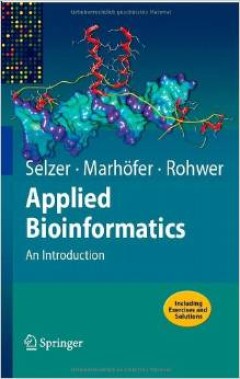
Applied bioinformatics : an introduction
At last, here is a baseline book for anyone who is confused by cryptic computer programs, algorithms and formulae, but wants to learn about applied bioinformatics. Now, anyone who can operate a PC, standard software and the internet can also learn to understand the biological basis of bioinformatics, of the existence as well as the source and availability of bioinformatics software, and how to …
- Edition
- -
- ISBN/ISSN
- 9783540727996
- Collation
- xiv, 287 p. : ill. : ind. ; 24 cm.
- Series Title
- -
- Call Number
- 572.80285 Sel a
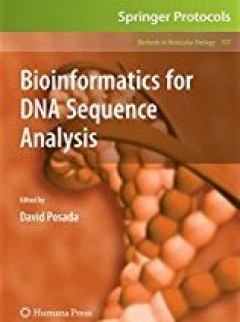
Bioinformatics for DNA sequence analysis
The recent accumulation of information from genomes, including their sequences, has resultednotonlyinnewattemptstoansweroldquestionsandsolvelongstandingissues inbiology,butalsointheformulationofnovelhypothesesthatarisepreciselyfromthis wealth of data. The storage, processing, description, transmission, connection, and analysis of these data has prompted bioinformatics to become one the most rel…
- Edition
- -
- ISBN/ISSN
- 9781588299109
- Collation
- xiii, 354 p. : ill. : ind. ; 27 cm.
- Series Title
- -
- Call Number
- 572.8 Bio
 Computer Science, Information & General Works
Computer Science, Information & General Works  Philosophy & Psychology
Philosophy & Psychology  Religion
Religion  Social Sciences
Social Sciences  Language
Language  Pure Science
Pure Science  Applied Sciences
Applied Sciences  Art & Recreation
Art & Recreation  Literature
Literature  History & Geography
History & Geography